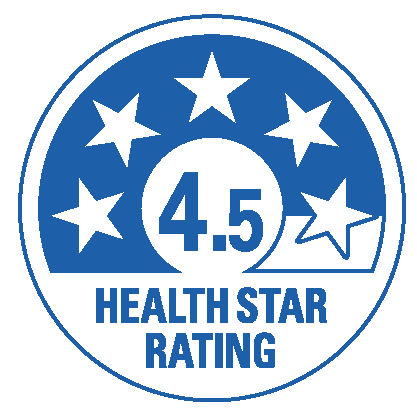Health Star Rating
Our mission to “Bring health through food to as many people as possible” goes hand to hand with our “Danone Impact Journey” (DIJ) ambition and “Société à Mission” commitment to promote healthier diets.
The objective of Health Star Rating (HSR) system is to rate the nutritional value of food products to help consumers making informed choices in line with the World Health Organization (WHO) recommendations.
At Danone, we have decided to voluntarily provide additional information on our products by means of this internationally recognized/government-endorsed Health Star Rating system since 2019 as reference for our formal external reporting and our commitments and policies:
- As a listed company in France, we report yearly with the French Financial Markets Authority our nutritional performance against the Health Star Rating system (Cf.: Universal Registration Document (URD) and Integrated annual report).
- As part of the Danone Impact Journey, we have set targets for the healthiness of our portfolio. By 2025 we aim to have ≥ 85% of our portfolio sales in volumes rated ≥3.5 stars or more by the Health Stars Rating system.
- We use Health Star Rating system to frame the Danone Policy on Marketing to Children.
- Danone only makes nutrition and health claims on products that score ≥2.5 stars by the Health Star Rating system.
The Health Star Rating system has been developed on/inspired by the UK’s Food Standards Agency Nutrient profiling model supported by the independent Scientific Advisory Committee on Nutrition (SACN). Health Star Rating has been selected by the Global non-profit Access to Nutrition Initiative (ATNI) as one of the main Global Index used to report about the nutritional performance of products portfolios. Health Star Rating system takes into account the energy, saturated fat, sodium and total sugars content along with fruit and vegetable content, dietary fiber and proteins of food to rate products.
The Health Star Rating will gradually be made available online for the entire Danone product portfolio.

